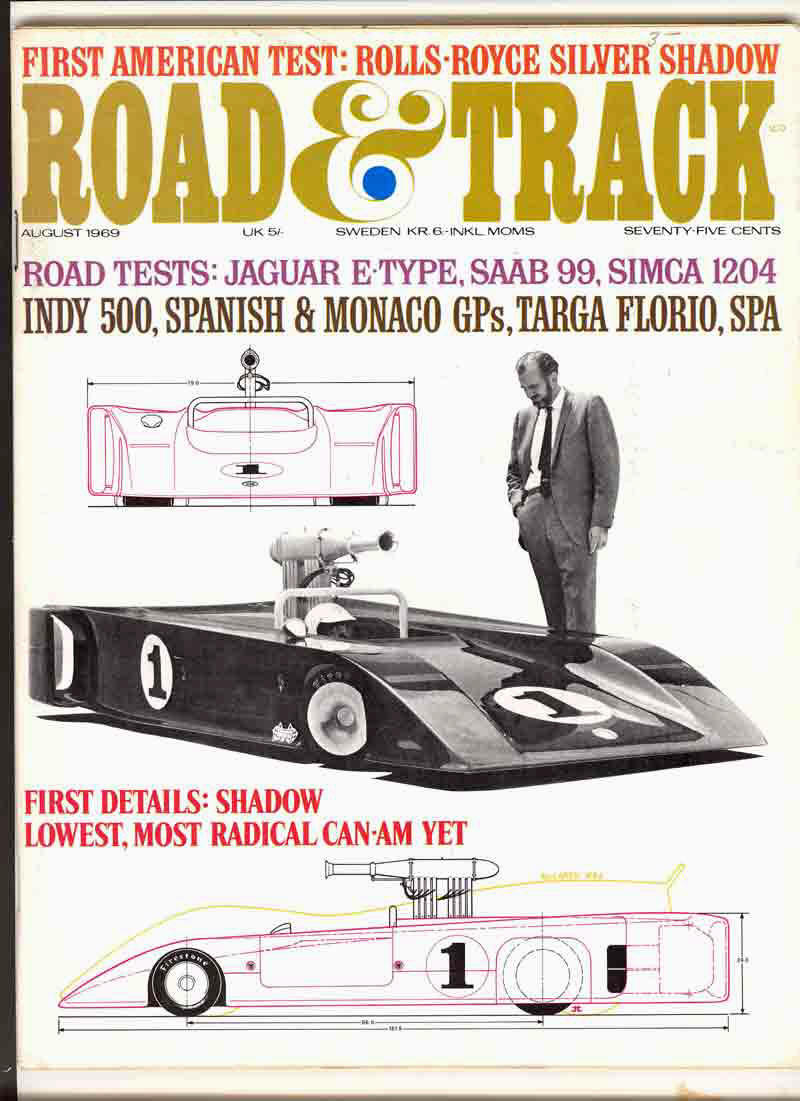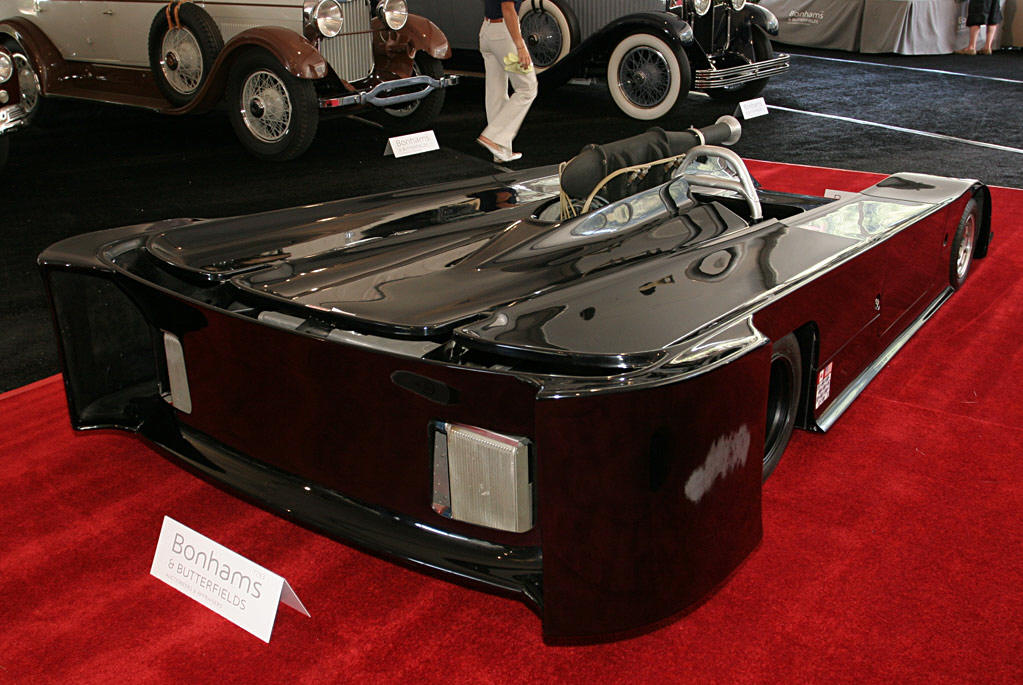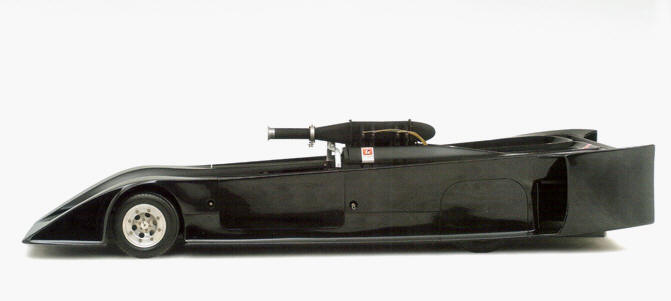I love these rear air-buckets, but assume there is an overall HP penalty for redirecting the air. Although we do see similar things on the front of current European Cab-Over-Engine trucks.
Classic and collector cars at Autodrome Paris Cannes, Automobile specialist Lamborghini, lancia, Maserati, Aston Martin, Pagani,古董车



Here is what I'm talking about, actually saw a dark green Peterbilt 220 the other day - a nice truck, think it was a flatbed though.
http://m.tankservicesinc.com/site/ta...est-build#2861

I don't know the correct term for them on the front boundary layer diverters, and perhaps a different term is used for the rear air diverters.
Are they even related in the way they work?
One uses bow pressure, the other side air-flow, right?
Are they both a form of "Air-Curtain"?
EDIT:
Hold on there, looks like it might be sort of Ford Probe-like at the rear corners.
http://shadowmk1.weebly.com/history.html

Quote:
|
Another unusual feature was the twin water/oil radiators placed behind the rear wheels to make everything as low as possible.
|
Was to be part of an air-brake system.............Neoteric's hovercraft uses something similar.
Quote:
Initially, to increase braking performance, Harris designed 3 movable airbrake systems in the original concept. Two vertical flaps in the front, two flaps on each side on the rear (integrated into the side air scoops) and one horizontal in the rear section. These would have been activated by brake pedal pressure.
Unfortunately, shortly before the first car was being built, a change in the regulations outlawed all movable aerodynamic aids, so these airbrake systems were never finalized.
|
Neoteric Hovercraft Reverse Thrusters
Mystery of the Shadow racer solved - yes high drag air-braking originally intended, movable parts were outlawed and the system was never finished.
http://shadowmk1.weebly.com/history.html
Quote:
|
The next chapter "THE SECOND CAREER" will however show that the original cooling lay-out could have worked in period w/o changing the original bodywork and radiator position, if the team would have taken more care of the airflow ducting to and through the originally rear placed radiators and if they would have closed the rear wheel openings with the original "spats" !
|
If you go to that link above, you can see several testing configurations including the original operable flaps of white fabric on the orange car, and several amputated versions intended to resolve cooling issues.
EDIT-2:
For a "race car" the AVS Shadow was a low drag attempt, but race cars in general are not low drag cars for various reasons - like trying to prevent it from becoming airborne.
http://www.ultimatecarpage.com/car/9...Chevrolet.html
Quote:
|
With this design Harris tried to create racing car with as little drag as possible, by dramatically decreasing the frontal area. Not surprisingly the ultra-compact design did create many packaging problems. The most conventional part of the car was aluminium monocoque, which was anodized black for additional strength. Suspension was by very short, double wishbones all-round. There was no room for conventional springs and dampers, so Harris fitted three tiny (valve) springs at each corner together with friction dampers, inspired by a 1930s Maserati racer. The 10 inch front and 12 inch rear wheels were shod with custom made Firestone tyres, designed to withstand well over the theoratical top speed of 250 mph. The initial plan was to use an air-brake, but when moveable aerodynamic devices were banned, the small racer had to rely on machined down Ford Mustang vented disc brakes.
|
https://www.ultimatecarpage.com/txt/...Chevrolet.html
Quote:
|
True to its low-drag design brief, the all black machine was free of the wings and aerofoils that had become commonplace in the years before.
|
https://www.ultimatecarpage.com/txt/...Chevrolet.html
Quote:
|
While the bold Shadow MkI was not a success on the track, Harris knowingly and unknowingly incorporated many advanced features. The brake cooling fans, clutchless shifts and ground effects have all since become commonplace. Harris' ideas were later more successfully employed by the Tyrrell P34 six wheeler. Shadow gradually worked itself up as a leading Can-Am team, eventually winning the 1974 title with Follmer.
|
http://www.autodrome.fr/automobiles-...naires-eng.htm
